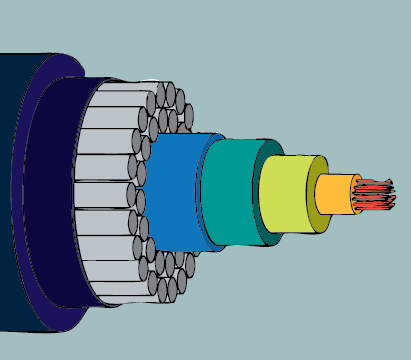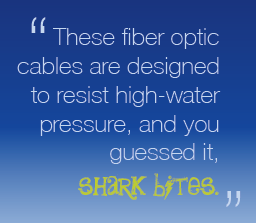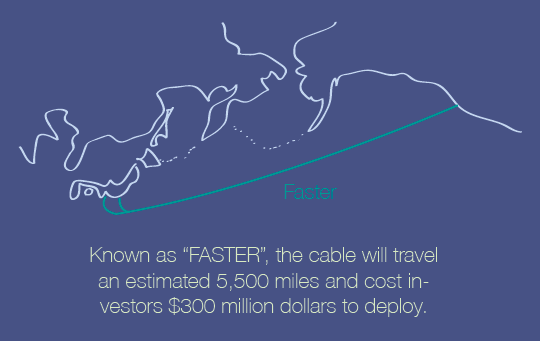With the popularity of wireless access points, it’s easy to forget that the internet is anything but invisible. An estimated 300 fiber optic cables run across ocean sea beds to make transcontinental communication possible. Google and five other major Asian telecom companies are set to add more six-fiber cables to the undersea network that will connect Japan to the West Coast and run through the major cities of Los Angeles and San Francisco, California and Portland, Oregon.
Known as “FASTER”, the cable will travel an estimated 5,500 miles and cost investors $300 million dollars to deploy. FASTER can reach speeds of up to 60 terabytes per second and will be ready for use by 2016. Mashable highlights that “According to recent studies, Asia has the largest number of Internet users on the planet” and it’s little wonder why Google would want to invest in more bandwidth.


FASTER will mark Google’s third investment in undersea cables and the involvement brings an interesting divergence to an industry that normally pertains to Telco companies. Now that internet companies are starting to invest in their own infrastructures, it warrants the question if the backward vertical integration will put internet companies head to head with Telco companies. In the case for Google, this has already become a reality with its newest Google fiber service competing with internet service providers.



